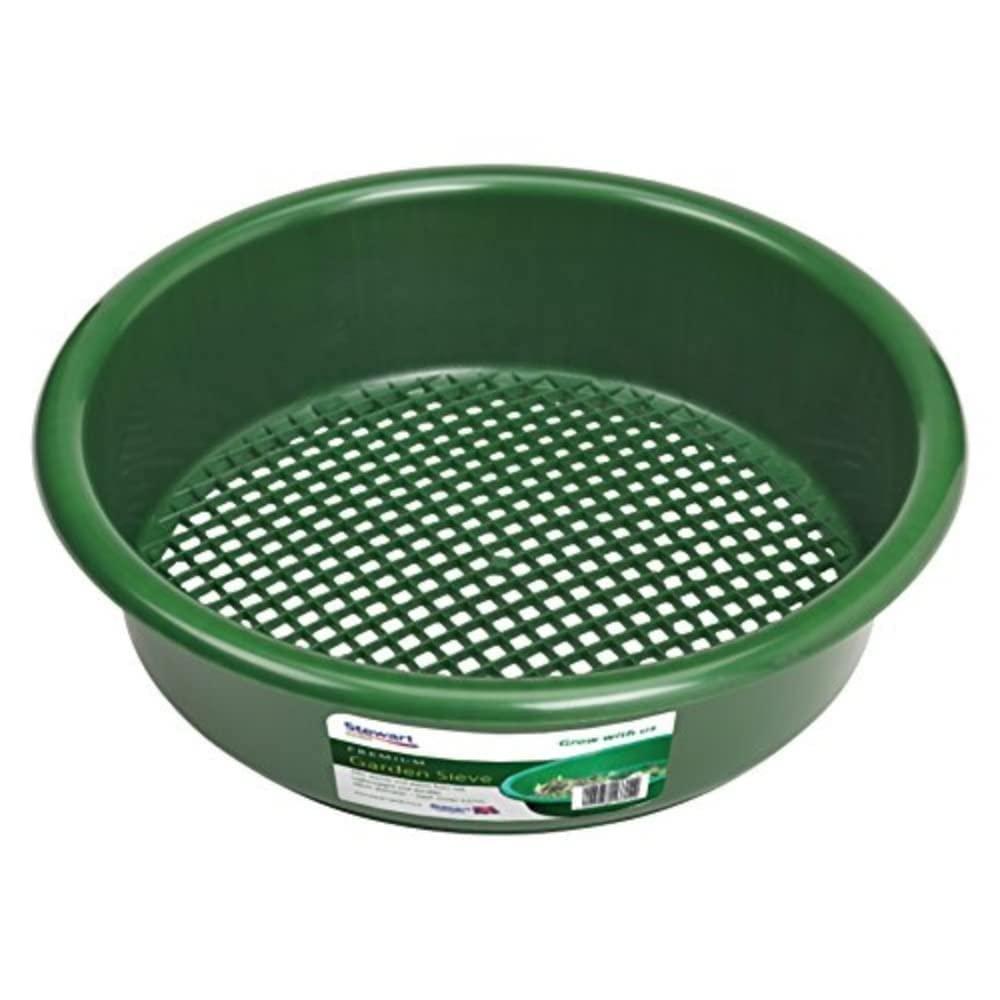SIEVE (COST: RS.200/PIECE)
₹200.0
Made up of iron
Suitable to sieve ready compost in
order to obtain fine powder for potting plants
Color may vary
Quality Sieve Rs.200:
Embracing eco-friendly products transforms waste into wealth, fostering sustainability and mitigating environmental impact. Innovative initiatives champion the conversion of discarded materials into valuable resources, paving the way for a circular economy.
To commence this virtuous cycle, recycling emerges as a key player. Plastics, paper, and metals, once destined for landfills, undergo a metamorphosis. These materials are reimagined, reincarnated into new products, reducing the demand for virgin resources and curbing pollution.
Biodegradable alternatives further revolutionize our consumption patterns. Products derived from natural materials seamlessly integrate into the ecosystem, leaving minimal traces. This shift not only reduces the burden on landfill sites but also curtails the persistence of harmful substances in the environment.
In the realm of waste-to-wealth, upcycling emerges as a creative force. Discarded items find a second life, elevated into functional and aesthetically pleasing artifacts. From repurposed furniture to fashionable accessories, upcycling not only minimizes waste but also showcases the beauty of sustainable design.
In the business landscape, companies increasingly adopt a cradle-to-cradle approach. This entails designing products with their end-of-life in mind, ensuring that materials can be easily disassembled and reused. Such practices not only enhance resource efficiency but also cultivate a mindset of responsibility within the industry.
Quality Sieve Rs.200: The waste-to-wealth paradigm extends beyond tangible goods to energy production. Biomass, a byproduct of organic waste, becomes a valuable energy source through anaerobic digestion or incineration, contributing to the renewable energy matrix.
In conclusion, the transition to eco-friendly products and the waste-to-wealth philosophy signifies a revolutionary stride towards a sustainable future. By reimagining waste as a valuable resource, society not only mitigates environmental harm but also forges a path toward a regenerative and harmonious relationship with the planet.
You must be logged in to post a review.
Q & A
1. Material Durability and Longevity
- Iron’s Durability: Iron is a highly durable material. Products made from iron tend to have a long lifespan, reducing the need for frequent replacements. This durability contributes to sustainability by reducing the consumption of raw materials and energy over time.
- Lifecycle Perspective: The long lifespan of iron sieves means that the environmental impact associated with their production is amortized over many years, resulting in a lower annualized carbon footprint.
2. Recyclability of Iron
- High Recyclability: Iron is one of the most recycled materials in the world. Recycling iron consumes significantly less energy compared to extracting and processing new iron ore. According to studies, recycling iron can save up to 74% of the energy required to produce iron from raw materials .
- Low Emissions from Recycling: The recycling process emits far fewer greenhouse gases compared to primary production. Therefore, a sieve made from recycled iron would have a significantly lower carbon footprint than one made from virgin iron.
3. Low Manufacturing Energy Requirements
- Energy-Efficient Manufacturing: Iron production has become more energy-efficient due to advancements in technology. Modern manufacturing processes, such as electric arc furnaces used in recycling, reduce energy consumption and emissions, contributing to a lower carbon footprint.
- Reduction of Raw Material Usage: Since iron can be recycled, the demand for raw iron ore is reduced, decreasing the environmental impact associated with mining, such as habitat destruction and energy use.
4. Localized Production Potential
- Reduction in Transportation Emissions: If the iron sieve is produced locally or regionally, the carbon footprint associated with transportation is minimized. This is particularly relevant for heavy materials like iron, where transportation over long distances can significantly increase the carbon footprint.
- Support for Local Economies: Localized production also supports local economies and can lead to a smaller supply chain, further reducing environmental impact.
5. Minimal Environmental Impact During Use
- No Emissions During Use: Iron sieves do not emit greenhouse gases or pollutants during their use phase, unlike some plastic or composite materials which may degrade or release microplastics over time.
6. Sustainability of Iron Mining (with Limitations)
- Sustainable Mining Practices: While mining iron ore can have environmental impacts, these can be mitigated through sustainable mining practices, such as minimizing land disturbance, reducing water usage, and implementing restoration projects post-mining.
- Resource Availability: Iron is abundant in the Earth's crust, making it a relatively sustainable choice compared to more scarce or non-renewable materials.
Conclusion
A sieve made of iron can be deemed sustainable due to its durability, high recyclability, energy-efficient manufacturing, potential for localized production, and minimal environmental impact during use. The carbon footprint of such a product is low, especially when made from recycled materials, and benefits from modern, energy-efficient production techniques. These factors combined make iron a favorable material for sustainable product design.
References:
- Recycling and Sustainability: "The Environmental Benefits of Recycling: Energy Conservation and Emissions Reduction." (ScienceDirect, 2023).
- Energy Efficiency in Iron Production: "Advances in Steel Recycling and Their Environmental Benefits." (Journal of Sustainable Metallurgy, 2022).
General Inquiries
There are no inquiries yet.

















Reviews
There are no reviews yet.